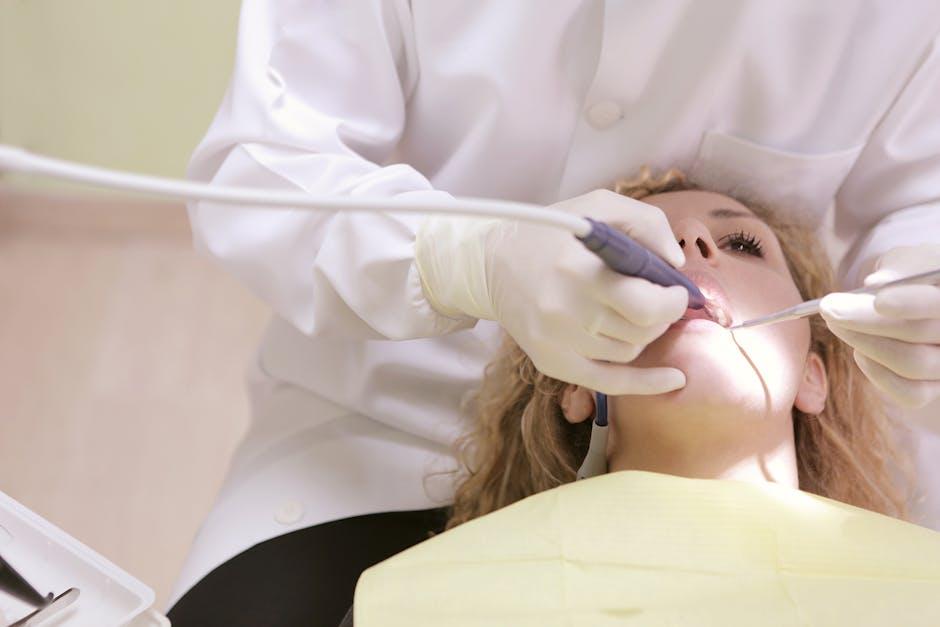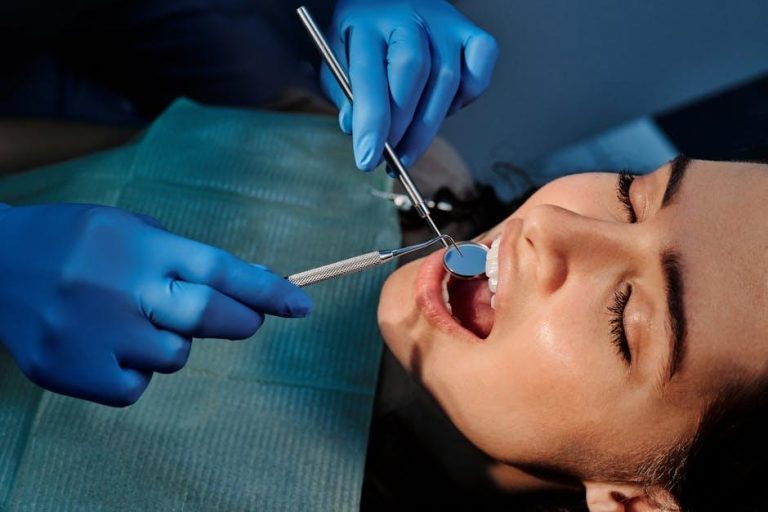
Nevada Bill Proposes Alternative Training for Dental Hygienists Amid Shortage Concerns – KSNV
Nevada is facing a growing shortage of dental hygienists, a concern that threatens access to essential oral health care services statewide. In response, a new bill proposes alternative and flexible training pathways to quickly and effectively bridge this workforce gap. This article explores the intricacies of the Nevada dental hygienist shortage, details of the proposed legislation, and the potential benefits this bill could provide to dental professionals and the community alike.
Understanding the Dental Hygienist Shortage in Nevada
Dental hygienists play a critical role in preventive oral health care, providing services such as teeth cleaning, patient education, and early detection of oral diseases. However, Nevada has been grappling with a shortage of licensed dental hygienists for several years. The key factors contributing to this shortage include:
- Population Growth: Nevada’s growing population, particularly in urban and rural areas, has increased demand for dental services.
- Workforce Distribution: Many dental hygienists gravitate towards metropolitan areas, leaving rural communities underserved.
- Training Limitations: Traditional dental hygienist education often requires extensive time and financial resources which limit entry into the profession.
- COVID-19 Impact: The pandemic caused temporary clinic closures and slowdowns, delaying care and creating backlog pressure.
Overview of the Proposed Nevada Bill
To combat these workforce challenges, Nevada lawmakers introduced a bill aimed at creating alternative training programs for dental hygienists. The legislation seeks to expand flexible educational routes and expedite licensing processes while maintaining safety and quality standards. Key features of the bill include:
- Alternative Training Programs: Allowing workforce development through shorter, competency-based courses instead of strictly traditional multi-year programs.
- Expanded Clinical Experience Options: Incorporating supervised hands-on training in community clinics and dental offices.
- Streamlined Licensing Process: Simplifying application steps for qualified candidates while ensuring compliance with state regulations.
- Focus on Underserved Areas: Incentivizing hygienists to practice in rural and low-income regions via student loan forgiveness and scholarships.
Potential Benefits of Alternative Training for Dental Hygienists
The bill’s emphasis on alternative training has several potential advantages that may transform Nevada’s dental care landscape:
- Faster Workforce Entry: Candidates can complete training more quickly, helping meet immediate demand.
- Greater Diversity: Flexible programs can attract candidates from non-traditional backgrounds and underrepresented communities.
- Improved Access to Care: More dental hygienists in underserved and rural Nevada improve community oral health outcomes.
- Cost Efficiency: Lower training costs reduce the financial barriers for potential students, boosting enrollment.
- Workforce Retention: By offering practical training in the field, new hygienists gain experience and confidence, leading to longevity in the profession.
Comparing Traditional and Alternative Dental Hygienist Training
Here is a simple comparison that highlights how alternative training differs from conventional programs:
| Aspect | Traditional Training | Alternative Training (Proposed Bill) |
|---|---|---|
| Duration | 2-4 years academic | 6 months – 1 year competency-based |
| Cost | High tuition and fees | Lower overall education expenses |
| Clinical Experience | Mostly school-based clinical labs | Hands-on community clinic training |
| Entry Requirements | High school diploma and prerequisites | Flexible background, focus on skill mastery |
| Licensing Exam | Standard state dental hygiene exams | Same licensing requirements maintained |
Practical Tips for Aspiring Dental Hygienists in Nevada
If you’re considering a career as a dental hygienist in Nevada, here are some actionable tips to help you navigate the new training landscape and boost your chances of success:
- Stay Updated: Follow legislative updates and local dental boards for the latest information on training programs and licensing changes.
- Explore Alternative Programs: Research new and existing competency-based training courses that fit your lifestyle and timeline.
- Gain Volunteer Experience: Consider volunteering at community dental clinics to build practical skills and professional connections.
- Prepare Early: Strengthen your foundation in sciences like biology and chemistry to better adapt to accelerated programs.
- Utilize Financial Aid: Apply for scholarships or loan forgiveness programs targeting dental hygienists serving underserved areas.
First-Hand Experience: Voices from Nevada’s Dental Community
Dental professionals in Nevada have expressed optimism about the proposed bill. Sarah Martinez, a practicing dental hygienist in Reno, shared:
“The shortage has definitely impacted our ability to provide timely care, especially in rural communities. Alternative training pathways could bring in passionate individuals faster and help us close the access gap.”
Additionally, dental educators highlight that competency-based models focus more on real-world skills than just classroom hours, producing highly trained hygienists ready for the field.
Conclusion
Nevada’s innovative bill proposing alternative training pathways for dental hygienists offers a promising solution to the state’s pressing oral health workforce shortage. By embracing flexible, competency-based education combined with incentives to serve underserved populations, Nevada aims to improve dental care access and support the growth of a skilled dental hygiene workforce. Aspiring hygienists, policymakers, and the public should watch this development closely as it could serve as a model for other states facing similar challenges.
Stay tuned with KSNV for continued coverage on this evolving story and how it impacts the future of dental health care in Nevada.


